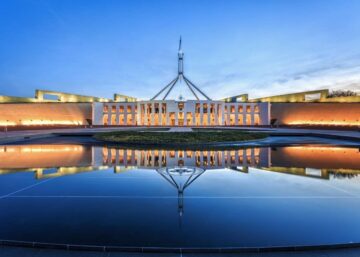Making sure a SMSF passes the sole purpose test (SPT) is one of the requirements of operating a compliant SMSF. One of the most important things to understand is that it’s not the type of investment dictating whether the SPT is met, but rather the purpose for which the investment is made and maintained that is relevant.
This is crucial given that the trustee and member are typically the same people, which can give rise to conflicts of interest when critical financial decisions need to be made.
What is the Sole Purpose Test?
The SPT is not an actual test, but more a rule of thumb where the fund must be able to demonstrate that it meets one or more core purposes at all times. The fund can also meet an ancillary purpose, but only if it also meets one or more of the core purposes at the same time.
In broad terms, section 62 of the Superannuation Industry (Supervision) Act 1993 requires that any or all of the following core purposes must be met to provide benefits to members:
- retirement
- reaching age 65
- death
The ancillary purposes, which must co-exist with one or more of the core purposes, are:
- Termination of employment
- Cessation of work due to ill health
- Death or reversionary benefits
- APRA-approved benefits
Remember, too, that SPT is concerned with how a trustee of a SMSF came to make an investment or undertake an activity which can vary from trustee to trustee.
Role of the SMSF auditor
The role of the SMSF auditor is to ensure that the fund complies with the SPT during the year being audited. All of the circumstances of the fund must be viewed by the SMSF auditor holistically and objectively to determine whether the SPT has been contravened.
The auditor will look for factors that would weigh in favour of a conclusion that a SMSF is not being maintained in accordance with s62, such as:
- The trustee negotiated for or sought out the benefit
- The benefit influenced the trustee to favour one course of action over another
- The benefit is provided by the SMSF to a member or another party at a cost to the SMSF
- There is a pattern of events that amounts to a material benefit being provided
Nevertheless, when a SMSF receives a benefit that is incidental, remote or significant, it does not necessarily result in the fund contravening the SPT.
Sole Purpose Test penalties
Failure to meet the SPT is one of the most serious contraventions as it goes to the very core of the superannuation legislation. The worst case is that the fund is made non-complying and being taxed at 47% plus ATO penalties can be applied up to $10,800 per trustee per breach.
The ATO has the discretion to freeze a SMSF’s assets where it appears the trustee’s conduct is likely to have a significant adverse effect on the SMSF, and they also have the power to disqualify trustees.
The court can also impose a sentence of five years’ imprisonment for individual trustees or longer for corporate trustees.
Voluntary disclosure or wind-up?
Other courses of action the trustee can take to rectify an SPT contravention is to engage early with the ATO through their voluntary disclosure service or decide to wind the fund up.
Where the trustee chooses voluntary disclosure, the ATO may continue to issue the SMSF with a notice of non-compliance and/or apply other compliance treatments.
Further help:
If you have any concerns regarding any potential breach, please contact our experts as soon as practical.
If you’d like to make an appointment to discuss your fund, contact our experts on (07) 3023 4800 or at mail@marshpartners.com.au.
Visit our SMSF page to find out more about how we help.
Share this article on LinkedIn:
Subscribe to our newsletter:
Get tax updates, business advice and seminar invitations delivered straight to your inbox.
GENERAL ADVICE WARNING: This information has been prepared without taking into account your objectives, financial situation or needs. Because of this, you should, before acting on this information, consider its appropriateness, having regard to your objectives, financial situation or needs. We suggest you obtain specific financial advice from a licensed financial advisor.







